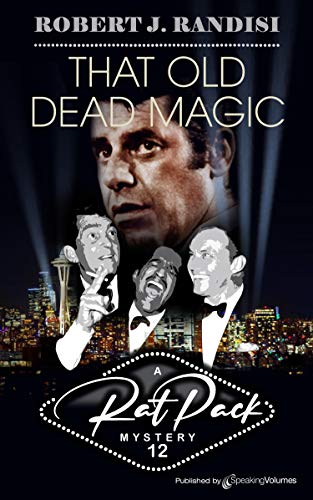
“Your deductions are more like Sherlock Holmes than you think,” I said when we were walking again.
“No, Barnett. I decipher people. He deciphers secret codes and flower beds. That man and I are not alike, and frankly I’m getting tired of your jibes about him.”
William Arrowood, hero of Mick Finlay’s new series of Victorian mysteries, of which Arrowood is the first, lives in the same fictional world inhabited by Sherlock Holmes. But Arrowood deeply resents his more famous rival, envying him his high fees and elite clientele. Holmes deducts through reason, but Arrowood likes to point out that real people are not reasonable. He himself is a self-taught psychologist (though he doesn’t use that word). He observes people’s moods and infers motives. It’s not an exact science, though, and he often makes mistakes. Which can be tragic.
Unlike the ordered world of the Holmes stories, which the modern reader can easily imagine comfortable and relaxing, Arrowood lives in chaos on a lower level of society. He inhabits cramped rooms behind a pudding shop, wearing shoes that don’t fit because new ones would cost money. He pines for his wife, who has left him, clinging to a blind belief that she’ll come back someday. He is fat, bald, bespectacled, and ugly. Also an alcoholic. His assistant and chronicler Norman Barnett is a big bruiser who feels guilty about his past. His own wife died recently, and he hasn’t been able to bring himself to tell anyone.
Sherlock Holmes would not have taken the case brought to them by a young French woman, Miss Caroline Cousture. She is looking for her brother, who has disappeared. Arrowood agrees to search for him because he needs the money, though he’s sure Miss Cousture has lied about something. He grows more concerned when he discovers that the brother has been working at a brewery owned by Stanley Cream, a powerful criminal kingpin with whom he has tangled before – at great cost. And when his best witness is ruthlessly murdered before his eyes, the case gets intensely personal.
I’m of two minds about this book. It appears to be well-researched, but the world it recreates is ugly, filthy, cramped, and uncomfortable. And William Arrowood, though he has his positive characteristics, is not really a character you long to get to know better.
But I went ahead and bought the next book in the series. Arrowood is worth reading, if you don’t mind ugly realism. Cautions for disturbing situations. References to Christianity were not disrespectful.







